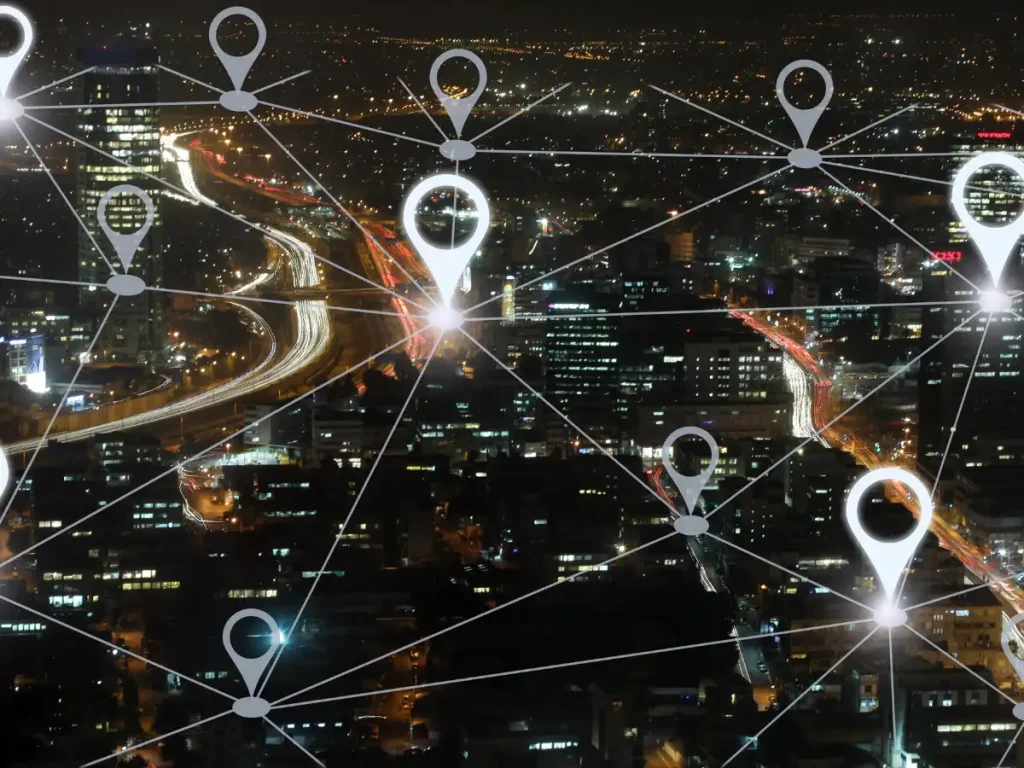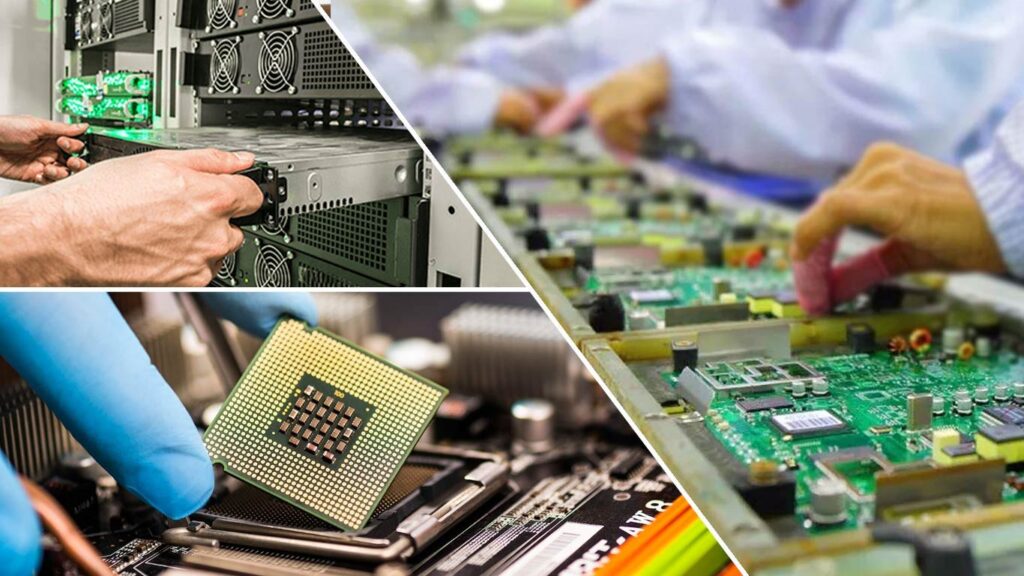Walmart Rethinks the Shopping Experience: Will Self-Checkouts Be Gone?

Retail has always been a rapidly evolving industry, with innovation reshaping the way we shop. Walmart, one of the world’s leading retailers, has continuously adapted to consumer needs, introducing advances like curbside pickup, app integrations, and most notably, self-checkouts. But rumors suggest that Walmart may be rethinking self-checkouts, sparking major curiosity about what lies ahead for the shopping experience.
Could this signal the end of self-checkouts? And what could be replacing them? This post will explore Walmart’s potential shift in focus, discussing the benefits this could bring to consumers and the overall shopping experience.
The Evolution of Self-Checkouts
Self-checkouts were introduced as a solution to long, tedious checkout lines and the growing demand for convenience. These kiosks allowed shoppers to scan and pay for their purchases themselves, speeding up the process for both customers and employees. They were perfect for individuals purchasing a few items who wanted to avoid standing in line.
But as self-checkouts became more prominent, they exposed certain flaws. Customers occasionally faced difficulties with barcode scanning, incorrect pricing, or items that required employee approval—such as alcohol or age-restricted items. Additionally, concerns about theft—a major issue retailers face—arose with self-checkout systems. These challenges have caused companies to reassess this “convenient” method.
Why Is Walmart Rethinking Self-Checkouts?
There are several key reasons Walmart might be reconsidering its self-checkout systems. These go beyond technology glitches and potential loss prevention problems.
1. Enhancing Customer Experience
Convenience is king, but seamlessness is its perfect complement. While self-checkouts aimed to enhance the checkout process, they often lead to frustration for customers encountering technical difficulties or requiring assistance. Improving the customer experience is at the forefront of this potential shift. Walmart might seek to replace self-checkouts with systems or solutions that are more intuitive and cater to a broader audience.
A shorter and smoother checkout process increases customer satisfaction, creating a positive shopping experience overall. Removing even a sliver of friction is bound to leave customers happier.
2. Addressing Loss Prevention Concerns
Loss prevention is a critical issue for any retailer, including Walmart. Self-checkouts, while convenient, also make it easier for shoplifting incidents to occur—whether intentional or accidental. With fewer employees physically monitoring checkout lanes, errors in scanning and unintentional theft can arise.
A reimagined checkout system could introduce tools and processes that curb these losses while maintaining convenience. This dual focus on security and customer ease can help Walmart maintain its profitability while remaining a customer-focused retailer.
3. Catering to Technological Advancements
The retail landscape has benefited immensely from AI and other advances in automation. Walmart has long been at the forefront of integrating cutting-edge technology into its operations. It’s plausible that the company may introduce futuristic checkout systems that incorporate AI and machine learning to analyze customer buying behavior, suggest products, or automatically recognize and process items.
Such features could take the shopping experience to a new level while eliminating the need for traditional kiosks.
4. Creating More Human-Centered Interactions
Despite the convenience of self-checkouts, many customers continue to prefer face-to-face interaction. Employees stationed at traditional registers often provide services like helping with product issues or answering questions about pricing. Returning to models with an increased human touch may appeal to shoppers longing for personalized interactions during their visits.
The Potential Benefits of Reimagining the Checkout System
While self-checkouts were revolutionary for their time, a move away from their current model could bring several advantages to shoppers and Walmart alike. Here’s how:
1. Simplified Shopping Journeys
By removing self-checkouts and introducing the next generation of checkout systems, Walmart could simplify and speed up the customer’s shopping experience. Whether through centralized cashier locations, mobile-driven checkouts, or AI-powered exits, reduced wait times and fewer hurdles would benefit every shopper.
2. Enhanced Store Security
Walmart’s revamped checkout systems could focus on reducing theft incidents while optimizing monitoring processes. More secure systems will ensure lower losses due to theft, and heightened security will also provide peace of mind to honest customers who value a structured and well-operating store.
3. Improved Staff Productivity
If Walmart shifts its employees away from manually assisting malfunctioning self-checkouts, they could instead focus on providing more value to customers elsewhere. Staffers could become more available for shopper inquiries, restocking, or ensuring store cleanliness. Focusing on these areas could elevate customer service while maintaining efficient store management.
4. Seamless Incorporation of Mobile and Smart Tools
A modernized system may integrate advanced tech features like smartphone scanning apps, facial recognition for payment, or “just walk out” technology, similar to checkout-free systems. These changes would target the growing number of tech-savvy shoppers who expect faster and more intuitive in-store interactions.
5. Inclusive Solutions for All Shoppers
Not everyone finds self-checkouts approachable. Older customers, individuals unfamiliar with technology, or others with disabilities might find alternative checkout systems, such as staffed lanes, more user-friendly. Creating inclusive shopping experiences builds stronger customer loyalty and fosters a welcoming reputation.
6. Supporting Loyalty Programs
Reimagined checkout methods could create opportunities to expand loyalty programs. For instance, incorporating an AI-driven system could automatically link a shopper’s purchases to exclusive offers tailored to their buying habits. By strengthening the relationship between customers and their loyalty accounts during checkout, Walmart could encourage repeat visits while adding value for shoppers.
What Could Replace Self-Checkouts?
If Walmart pivots away from traditional self-checkouts, speculation abounds regarding what could replace them. Some possible solutions include:
Automated Checkout Lanes: These would allow customers to place items into a cart where sensors scan and total products without manual intervention. Similar technologies have been seen in other applications, indicating Walmart might consider adopting this trend.
“Just Walk Out” Experiences: Building on emerging tech, carts or systems with advanced AI could detect, tally, and charge customers as they exit the store.
Mobile-Based Payment Models: Leveraging smartphone apps, Walmart could allow customers to scan items using their phones and pay directly, bypassing the need for physical kiosks or cashiers entirely.
What This Shift Means for the Industry
If Walmart implements alternative checkout systems, it could set a powerful precedent for retailers worldwide. As a global leader in innovation and customer satisfaction, Walmart’s decisions often influence the broader retail industry. Other companies are likely to follow suit, exploring new strategies and technologies.





























































































































































































































































































































































































































































































































































































































































































































































































































































































































































































































































































































































































































































































































































































































































































































































































































































































































































































































































































































































































































































































